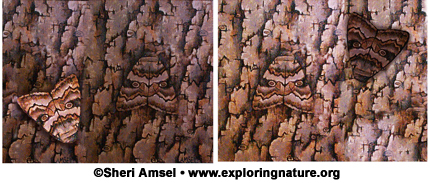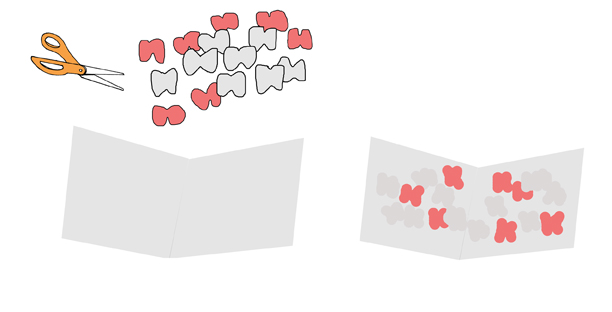

Natural Selection is one of the ideas suggested by Charles Darwin to explain evolution. All living things “inherit” traits from their parents. In humans, a trait can be hair color and how tall we are (height), just to name a couple. In birds it can be the color of its feathers, the shape of its beak or the strength of its song. In insects it can be body color or wing shape.
If one (or many) of these traits, which they inherit from their parents, helps them survive longer, so that they can have more offspring of their own, with those same traits – they are selected. This means that over many generations, there will be more and more individuals like them in their population.
Here is a simple of example of this from real life. In the early 1900s, coal-burning was common in London. The air was thick with pollution. Coal smoke blackened the trees until their bark was dark brown. The peppered moth was a speckled brown moth that blended into the dark English tree bark perfectly. Then in 1956, London passed a clean air act and coal was banned in the city. Smokestacks were made taller to get pollutants further out into the atmosphere. Within ten years the trees, once brown from coal smoke, began to take on their natural light-colored bark. As the trees got lighter, the brown peppered moths stood out against the bark and were easy targets for hungry birds. Lighter moths, however, blended in and survived to lay eggs. Over many generations, which for insects can be just a couple of years, all the peppered moths were lighter in color.
This is how natural selection works, though in mammals and other vertebrates it takes much longer for traits to spread throughout a populations. This physical change is also called adaptation (or structure and function).
Age: any age
Materials:
Procedures:
Discussion:

